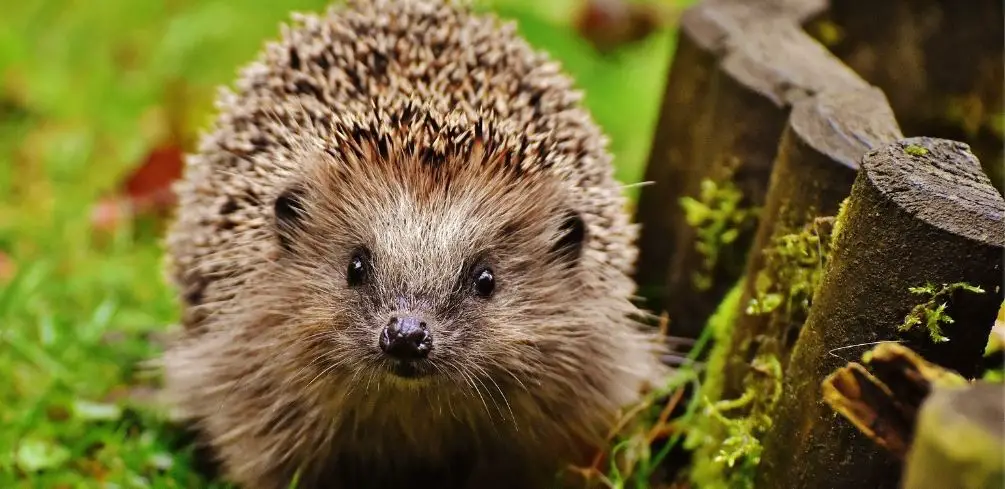This order has around 450 species. Although several species feed worms, crustaceans, and tiny vertebrates, most species are small and eat insects. The Insectivora order was originally known as this one.
Yes, the hedgehogs are eulipotyphla. There are different families of the Eulipotyphla. They include the Erinaceidae family, which has the gymnures and hedgehogs, the Solenodontidae, which comprises the solenodons. The nesophontidae family has the west indies shrews, while the Talpidae family comprises the desmans and moles. The last family is the Soricidae which has the shrews.
Are Hedgehogs Eulipotyphla?
Hedgehogs are Eulipotyphla. The majority of animals in this order have long, pointed snouts, a large number of sharp teeth, tiny ears, and small eyes.
Except for the polar areas and Australia, they may be found all around the planet.
They may be found in a range of environments. Moles, for example, dwell underground. Hedgehogs, for example, have a spiky coat. The pygmy shrew, the world’s tiniest mammal, is a member of this order.
This order contains the most basic living mammals, and scientists believe that all mammals descended from this order’s predecessors.
Moles, shrews, hedgehogs, and other animal species belong to the Eulipotyphla order. These mammals, formerly categorized as insectivores, are usually smaller, ground-dwelling, and feed on invertebrates.
The Eulipotyphla have primitive teeth, a low IQ, tiny eyes with poor eyesight, long pointed narrow muzzles, and a keen sense of smell and hearing.
They live alone and have powerful arms and claws that they use to dig out food from the earth, excavate tunnels in the ground where they spend most of their time, and hide from predators. Hedgehogs, for example, may hibernate.
The Erinaceidae Family
This is the family where the hedgehogs belong. They have large snouts and small tails, making them seem like shrews.
They are, however, considerably bigger than shrews, with body lengths ranging from 10–15 cm and weights of 40–60 grams in the gymnure that is short-tailored to 26–45 cm and 1.0–1.4 kg in the moonrat.
With the exception of one species, all have five toes on each foot, some with powerful claws used to dig and huge ears and eyes. They have hair transformed into sharp spines to produce a protective covering over their upper flanks and body, while gymnasts simply have regular hair.
There are around 24 species in this group. Europe, Africa, and Asia are all home to these creatures. The bodies of the species in this family are round, their noses are pointed, and their tails are short.
Most of the species in this family dwell in burrows or beneath logs, and they prey on insects, frogs, mice, worms, reptiles, roots, and fruit, among other things.
Hedgehogs are coated in spiky, prickly fur on their backs and sides, and they curl up into a ball to protect their fur-covered bellies when threatened. Hedgehogs have even been known to consume venomous snakes! They are very active at night.
Rather than having spines, gymnures have stiff, bristly hair on their bodies. When threatened, gymnures emit a musky odor that humans may detect.
Southeast Asia is where you’ll find them. Gymnures are quite busy throughout the daytime hours.
Distinct Characteristics of Hedgehogs
Hedgehogs crouch, hiss, and erect their spines at the first sign of danger, but their greatest protection is curling into a protective ball.
“Rolling up” is accomplished by a muscle that surrounds the body down the neck to tail along the sides of the body just beneath the skin and inside which the peripheral spines are implanted.
Together with numerous smaller connecting muscles, this muscle contracts the upper body into a bag (like a drawstring) into which the head, torso, and legs are dragged as the animal curls. The animal is turned into a ball of deadly razor spines that totally protect the delicate head, appendages, and soft belly.
Hedgehogs are mostly nocturnal; however, they do come out during the day after a small rain. Though some can climb and swim, they are mostly terrestrial.
Hedgehogs hide from predators during the day in vegetation, rock crevices, overhanging rock ledges, or burrows dug with their forefeet.
Insects, various arthropods (including deadly spiders and scorpions), snails, frogs, slugs, toads, snakes, lizards (including the venomous species), nestlings, bird eggs, and fallen fruit are all part of the hedgehog’s diet. Hedgehogs utilize their keen sense of smell to track down food, capturing live prey with their mouths as they dig through leaf litter and plant roots.
Hedgehogs are solitary creatures that only tolerate one another during courting and copulation and until the offspring are mature enough to leave the nest at four to seven weeks. There are one to three litters every year, with 1 to 11 offspring and 31 to 42 days gestation.
Conclusion
The hedgehogs are eulipotyphla. This article covers the various families of the eulipotyphla and also goes deeper to state the specific characteristics of the hedgehogs.
They are unique creatures with various characteristics that help them adapt and survive.


